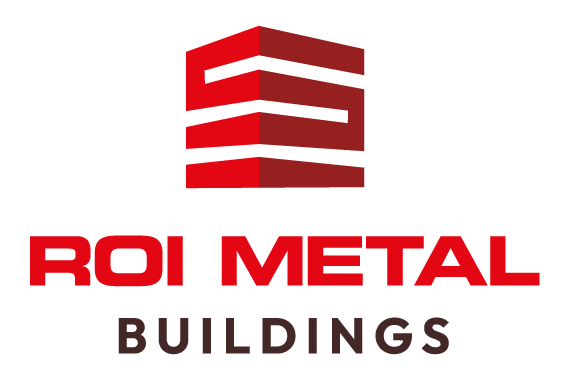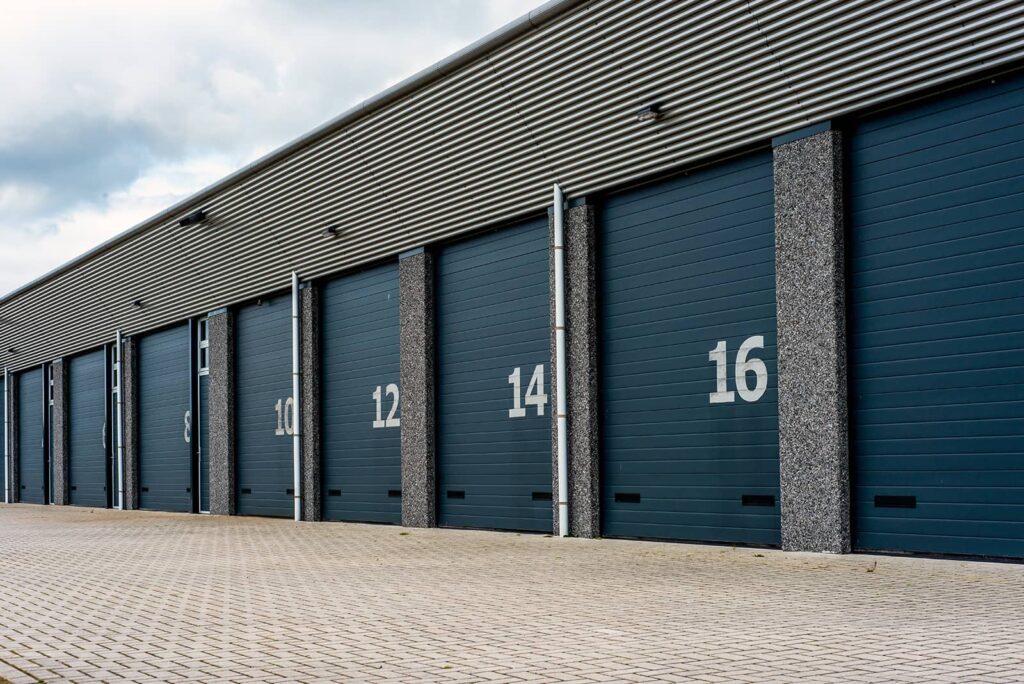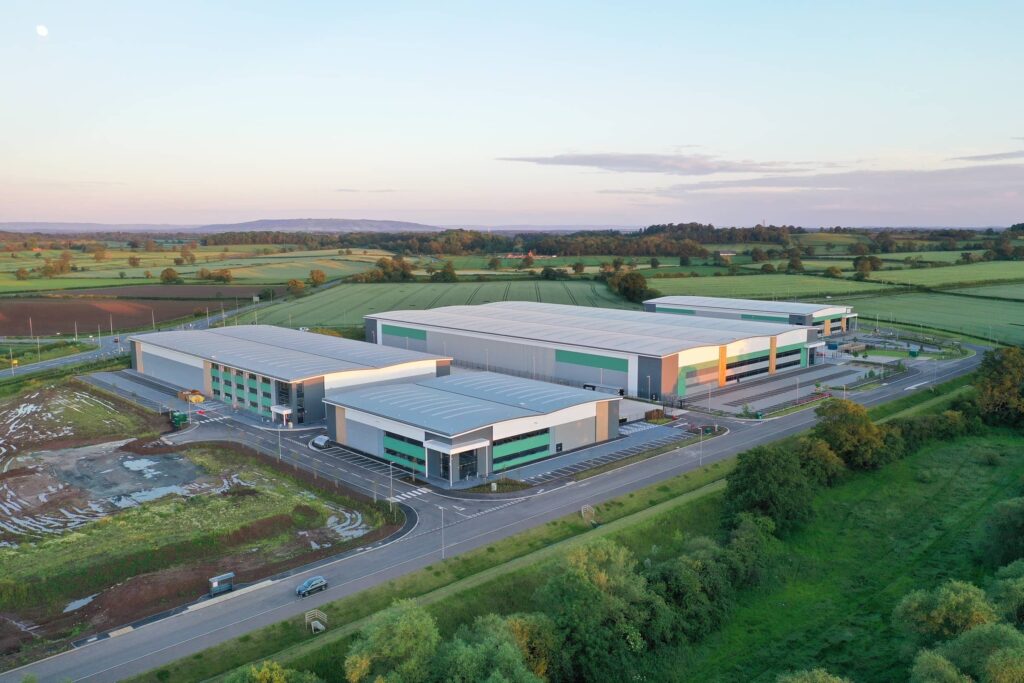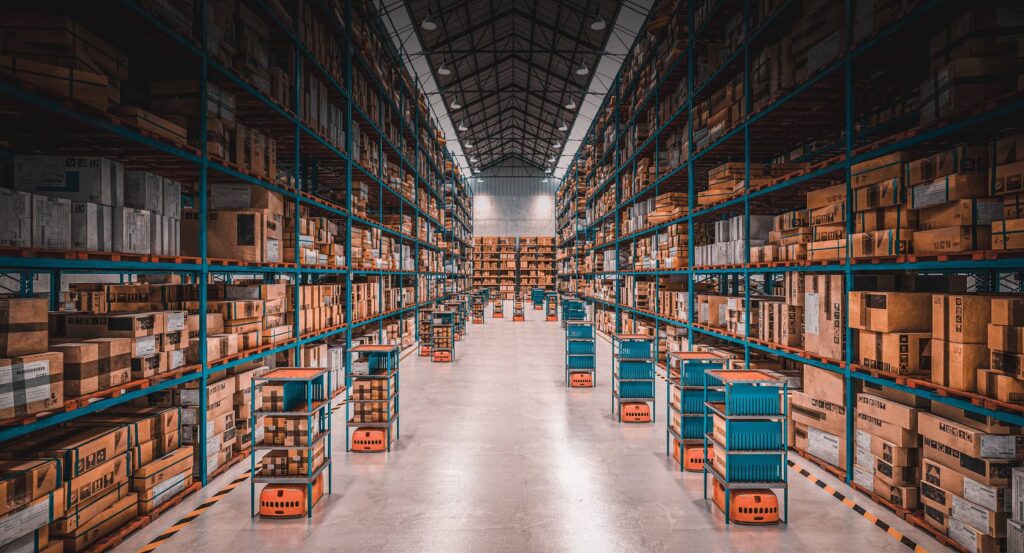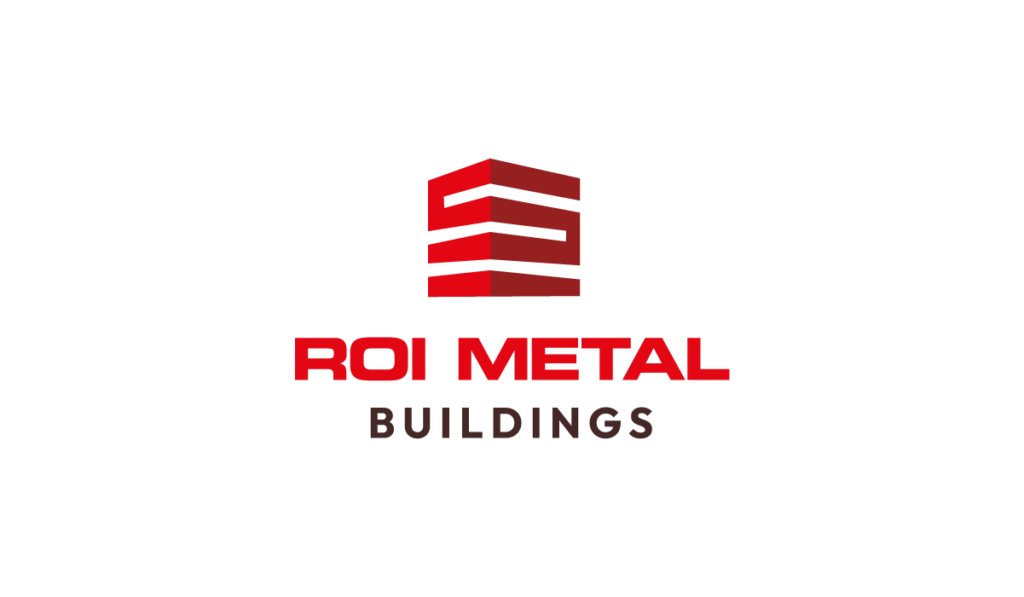Building a mini-storage facility requires careful planning. Key considerations include evaluating market need, accurately estimating potential profit, and selecting an ideal location. Notably, understanding the local storage demands and market trends can shed light on what potential customers are seeking. Moreover, the choice of location can immensely affect your facility’s success rate. With this in mind, let’s look at what to consider before building your mini-storage facility.
Before embarking on the construction of a mini-storage facility, it is crucial to carefully evaluate the location for demand and competition, conduct a thorough market analysis, plan the building design and layout for maximum efficiency, familiarize yourself with regulatory requirements, determine funding options, establish operational processes, devise a comprehensive marketing strategy, and focus on providing an excellent customer experience to ensure success in the competitive self-storage industry.
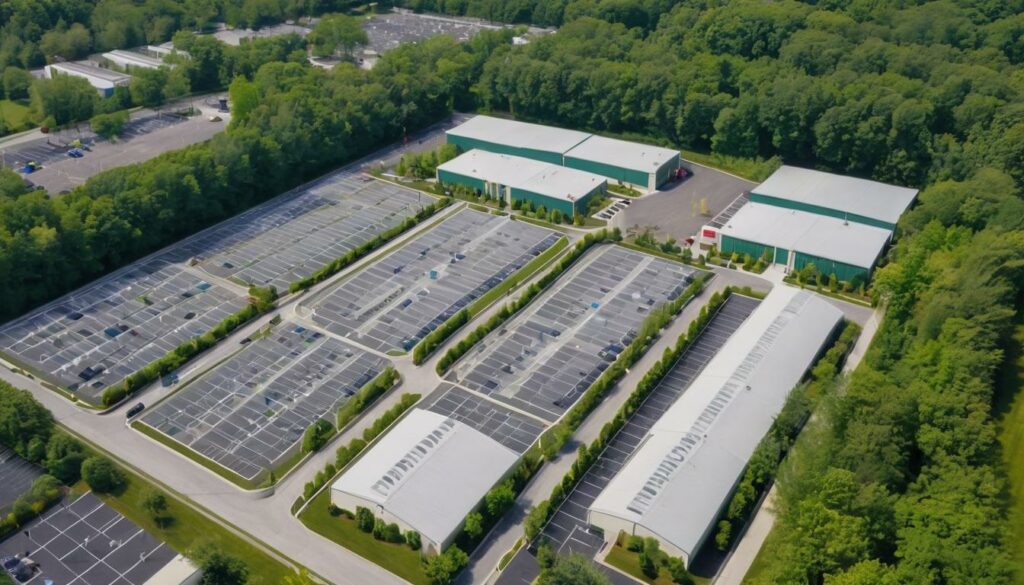
Assessing Mini-Storage Market Demand
Understanding the demand for mini-storage facilities is critical to making well-informed decisions. You want to be certain that there is a genuine need for storage solutions in your chosen location. Often, people don’t realize how much they could benefit from a local storage facility until it’s right there for them. This is why, if you’re going to invest in a mini-storage facility, you need to be sure there’s genuine demand for it.
To start, gather demographic data about the area. Consider factors like population growth, housing trends, and local storage needs. Understanding population density, household size, and income levels can give insight into potential customer demographics and their storage requirements. For instance, in areas with growing populations or where people frequently move homes, the demand for storage tends to be higher.
Moreover, don’t underestimate the value of personalized surveys. By reaching out to potential customers and local businesses directly, you can gauge their specific storage needs and preferences. This direct feedback can provide you with invaluable insights that statistical data might not capture. If you’re able to tailor your offerings based on these insights, it will greatly enhance your chances of meeting the market’s needs.
Consider an example: If you find through surveys or talking to locals that there are many small business owners looking for safe document storage, this could influence the design and marketing of your storage units. Maybe more secure lockers or fireproof units become a part of your offerings.
By comprehensively analyzing market trends and demands for different types of storage units and constantly staying attuned to local needs through effective research methods, you will be better equipped to make informed decisions and meet the real demands of potential customers in your target area.
In realizing the vital importance of gauging demand within the area of interest, attention must now shift towards honing in on the perfect location that meets these complex and varying requirements.
Selecting the Perfect Location
Choosing the right location for a mini-storage facility is crucial. It can make all the difference between a thriving business and one that struggles. Here are the two essential aspects to consider when selecting the perfect location:
Zoning Regulations
Local zoning laws and regulations play a significant role in determining where you can build your mini-storage facility. Each city or town has its own set of rules and restrictions for building different types of structures. Before committing to a specific location, it’s important to ensure that the chosen site complies with all zoning requirements. This includes checking for restrictions on building size, design, and usage. Failure to comply with zoning regulations could result in legal challenges that may delay or even prevent the construction and operation of your facility. It’s wise to seek guidance from a legal professional to navigate through these complex requirements and avoid potential pitfalls.
Proximity to Residential and Business Areas
Another critical factor in choosing the perfect location is accessibility. You want your facility to be conveniently located, making it easily accessible for potential customers. Look for areas close to residential neighborhoods and commercial zones, as these locations provide easy access and high visibility. The goal is to attract more customers by offering them a convenient storage solution near their homes or businesses. Moreover, being close to residential areas makes it easier for customers to access their stored items, reducing travel time and effort. Additionally, being near commercial areas may open up opportunities for business clients looking for storage solutions.
For instance, imagine someone moving into a new home and in need of temporary storage while they set up their new living space. A conveniently located mini-storage facility nearby can be a lifesaver during this transition period. This proximity increases the chances of customer acquisition and retention.
By carefully considering these factors, you can ensure that your mini-storage facility is strategically positioned for success, providing convenience to customers while complying with local regulations.
Positioning your mini-storage facility in an optimal location sets the stage for financial success and operational efficiency. Now, let’s move on to dissecting financial estimates and gauging risk tolerance.
Financial Estimates and Risk Tolerance

Embarking on a journey to build and operate a mini-storage facility requires more than just a passion for real estate and property management. It’s crucial to consider the financial implications as well as your risk tolerance before diving in.
Cost Analysis
Before you put the first brick in place, it’s essential to have a clear understanding of the costs involved. This encompasses various elements such as land acquisition, construction costs, permits, utilities, marketing expenses, and ongoing operational expenses.
It’s not just about the initial construction costs: ongoing operational expenses need to be factored in to understand the long-term viability of the project. These might include staffing costs for personnel responsible for managing and maintaining the facility, insurance costs, property taxes, security costs, and general maintenance expenses.
Consider this scenario: the average cost to build a single-story self-storage facility ranges from $25-$42 per square foot, while for a multi-story facility it can go up to $45-$75 per square foot. These are substantial figures that need to be carefully weighed against your projected revenue.
The key is to create a detailed financial projection that covers both startup and ongoing costs. This will help determine the feasibility of the venture and whether it aligns with your budget and long-term financial goals.
Risk Assessment
Every business venture comes with an element of risk. The same applies to building and operating a mini-storage facility. It’s imperative to evaluate your risk tolerance and develop contingency plans for potential challenges that may arise.
These challenges could range from fluctuating demand for storage units due to economic factors to unexpected construction delays that can add significant costs. Moreover, regulatory changes in zoning laws or building codes might also impact the project.
While evaluating these risks can be overwhelming, take comfort in knowing that identifying potential challenges early provides you with an opportunity to proactively address them. This approach reduces their impact on your budget and timeline and ensures a smoother path forward.
Consulting financial experts can be beneficial in gaining a comprehensive understanding of the financial aspects and associated risks. They can provide valuable insights into industry benchmarks for performance metrics such as return on investment (ROI), occupancy rates, and average rental rates.
By conducting a thorough cost analysis and risk assessment, you’ll be well-equipped to make informed decisions that align with your financial goals and risk tolerance when venturing into mini-storage facility development.
Design, Security, and Insurance Aspects
Designing a mini-storage facility involves more than just putting up storage units. The layout is crucial because it determines how much can be stored and the experience customers will have.
Consider this: Imagine arriving at a storage facility with narrow lanes and cramped walkways. It’d be frustrating to navigate, right? That’s why it’s essential to plan your layout to maximize storage space while ensuring customers can easily move around. Think about wide driveways for moving trucks and ample space between buildings for easy navigation.
Maximizing Storage Capacity
When laying out your facility, think about maximizing the available storage space. Look for inventive ways to increase storage density without compromising accessibility or safety. For example, consider incorporating multi-story buildings if land area is limited.
Now let’s talk about security. This is incredibly important not only for the safety of your customer’s belongings but also for providing peace of mind and building trust.
Ensuring Security
Installing robust security features like surveillance cameras, gated access with secure PIN entry or keycard systems, and proper lighting is essential. These measures deter unauthorized access while also helping prevent theft and enhance overall safety.
Think of it this way: When customers see well-lit pathways and video cameras monitoring the premises, they’ll feel more secure about leaving their belongings in your care. This assurance could be the deciding factor for someone trying to choose between different storage facilities.
Moving on to insurance coverage—believe it or not, insurance plays a significant role in protecting your business from potential risks.
Comprehensive Coverage
You need insurance that caters to mini-storage facilities specifically. Standard commercial property insurance might not cover all the unique risks that come with operating a storage facility. That’s why it’s crucial to explore insurance options tailored for mini-storage facilities.
Finding reputable insurance providers that offer comprehensive coverage for property damage, theft, or liability claims is key. In the event of an accident or theft, having adequate insurance coverage can make all the difference. For instance, partnering with an insurer who understands the self-storage industry can provide tailored coverage that meets your unique business needs.
By carefully considering facility design, security provisions, and insurance coverage as integral parts of your mini-storage business plan, you’re setting the stage for a successful and safe venture.
Now, let’s delve into the strategic decision-making process behind determining the ideal size for your storage facility.
Facility Size: A Strategic Decision
When it comes to building a mini-storage facility, determining its size isn’t just about square footage and the number of units. It’s about meeting market demand and understanding customer preferences. The success of your storage facility greatly depends on its ability to efficiently cater to diverse storage needs.
Market Demand Analysis: Conducting a thorough analysis of market demand is crucial before finalizing the size and mix of storage units. This involves studying demographics, population density, and the types of storage services in high demand. Understanding these preferences directly impacts the types of units you should offer.
Understanding Customer Preferences: Different customers have varying storage needs. Offering a variety of unit sizes and types can attract a wider customer base.
For instance, if your market analysis reveals a growing trend in downsizing among homeowners in your area, providing smaller and medium-sized units might align with this trend. On the other hand, if you’re located near a vibrant business district, offering larger units suitable for commercial inventory storage could be beneficial.
Additionally, it’s crucial to consider regional factors such as climatic conditions. For instance, if you’re in an area prone to extreme temperatures or humidity, climate-controlled units become even more essential.
By carefully considering market demand and customer preferences, you can strategically tailor your facility size and unit offerings to maximize occupancy rates and effectively meet diverse storage needs.
Having thoughtfully grasped the nuances of tailoring facility size and unit offerings to market demands and consumer inclinations, the next challenge lies in estimating revenue potential while acquiring and retaining patrons.
Revenue Projections and Customer Acquisition
Another key element when thinking about what to consider before building your mini-storage facility is the revenue you can expect and how you plan to attract and retain customers. Let’s start with revenue forecasting.
Revenue Forecasting
Developing realistic revenue projections involves carefully considering factors such as rental rates, occupancy levels, and anticipated customer acquisition. This means looking at how much you’ll charge for renting out your units, how many units you’ll be able to rent out, and how you expect to acquire customers. It’s crucial to be realistic in your predictions and take into account any promotions or special offers you plan to use to attract tenants. Additionally, factoring in long-term contracts and tenant turnover will give you a clearer picture of your revenue streams.
For instance, offering a discounted rate for the first month or having an incentive for signing a longer contract could impact your revenue. It’s like setting out bait to attract fish. Those promotional offers are the bait that might bring in new customers. Getting this right could mean the difference between success and failure for your storage business. An accurate revenue forecast is key to ensuring that your business remains viable and profitable in the long term.
Marketing Strategy
Once you have your revenue projections sorted out, it’s time to focus on customer acquisition through an effective marketing strategy.
Formulating a comprehensive marketing strategy is vital in attracting customers to your facility. This includes utilizing online promotion, local advertising, forming partnerships with real estate agents in your area, and offering competitive pricing or introductory incentives. Creating an appealing online presence is crucial; a high-quality website can showcase your facility and attract potential customers. Not only does it provide valuable information to potential renters but it also serves as a platform for them to easily inquire about your services and make reservations.
A well-thought-out marketing strategy could involve social media advertisements targeted at people in your local area, partnerships with moving companies or real estate agencies, and even attending community events to promote your business. By showcasing what makes your facility unique, whether it’s security features, climate-controlled units, or convenient access hours, you’re more likely to attract tenants who value these offerings.
A Summary of What To Consider Before Building Your Mini-Storage Facility
Both revenue projections and customer acquisition strategies are fundamental elements when thinking about what to consider before building your mini-storage facility. By carefully forecasting revenue streams and implementing a robust marketing strategy, you’ll be better equipped to operate a thriving storage business effectively. Curious about building your own mini-storage facility? Need further assistance? Contact us today or call us at 865-316-9009. Also if you like our content and want to stay up to date, follow us on Facebook at https://www.facebook.com/roimetalbuildings!
